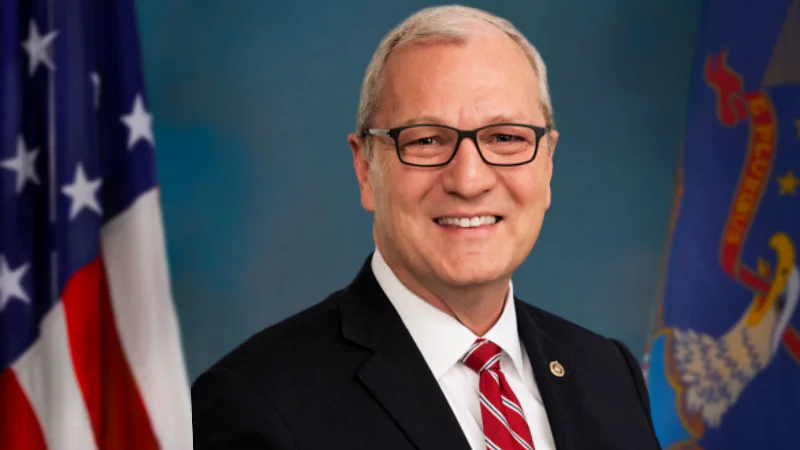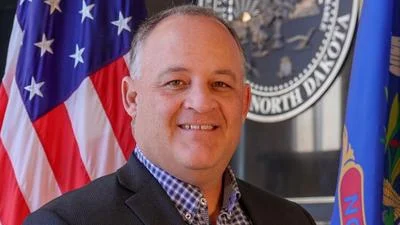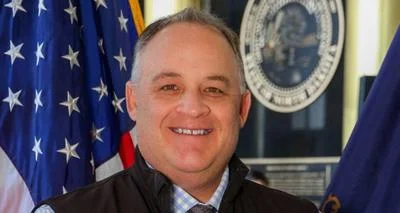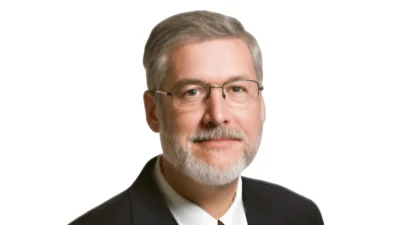Senator Kevin Cramer, US Senator for North Dakota | Senator Kevin Cramer Official website
Senator Kevin Cramer, US Senator for North Dakota | Senator Kevin Cramer Official website
The Senate Armed Services Committee convened to review the nomination of Vice Admiral Rich Correll for promotion to Admiral and appointment as Commander of United States Strategic Command (STRATCOM). In this role, Correll would oversee strategic deterrence, nuclear operations, global strike, command and control systems, electromagnetic spectrum operations, and missile threat assessment.
Minot Air Force Base in North Dakota is unique as the only base in the country that houses both B-52 bombers and Minuteman III intercontinental ballistic missiles (ICBMs), representing two legs of the U.S. nuclear triad. The Sentinel program aims to replace the aging Minuteman III ICBM system with the new LGM-35A Sentinel ICBM. Minot AFB is scheduled to be the last site to receive these upgrades.
If confirmed, Vice Admiral Correll would lead more than 41,000 military personnel and civilians responsible for STRATCOM’s global missions.
Senator Kevin Cramer of North Dakota, chair of the SASC Airland Subcommittee and co-chair of the Senate Defense Modernization Caucus, questioned Correll on several topics. These included the importance of the Sentinel program, modernization efforts for B-52 bombers, and issues related to strategic posture and nuclear deterrence.
Cramer sought details on maintaining alert coverage and readiness at Minot AFB during construction and testing as part of the transition from Minuteman III to Sentinel missiles.
“If confirmed as a STRATCOM Commander, one of my most [important] responsibilities that I see with respect to the transition from what we have to what we need in the future, is understanding where the risks are within the portfolio and where additional risks might manifest themselves, and communicating that with precision, together with the services to make sure that we're accounting for it,” said Correll. “That's as we transition. […] But I’m comfortable with where we are. We need to continue to keep the pressure on, to pull new capabilities to the left and deliver sooner. But you know, the services are very focused on understanding where the margin is and how our systems are operating, and STRATCOM is as well.”
Cramer also asked whether it would be acceptable to reduce America’s ICBM count below 400 due to cost or scheduling challenges associated with deploying Sentinel missiles. Correll responded that given current strategic considerations his advice would be not to lower those numbers: “the whole is much greater than the sum of the parts, and each leg of the triad has unique attributes that are really important.”
Discussion then turned toward modernizing Minot’s fleet of B-52 bombers—aircraft which have been in service for over seventy years but remain a core component of U.S. nuclear and conventional deterrence strategy. Cramer noted their age relative even to missile systems being replaced.
Correll agreed on their continued importance: “That modernization is really important,” he said. “Essentially, it's an old airplane, but it's a new airplane, because every piece internal to that aircraft has been replaced over time. And that's part of that modernization for the avionics and those engines. There's some incredible technology being applied by Rolls Royce in terms of data for those engines that is almost certainly going to improve the readiness rate of those aircraft going forward.”






 Alerts Sign-up
Alerts Sign-up